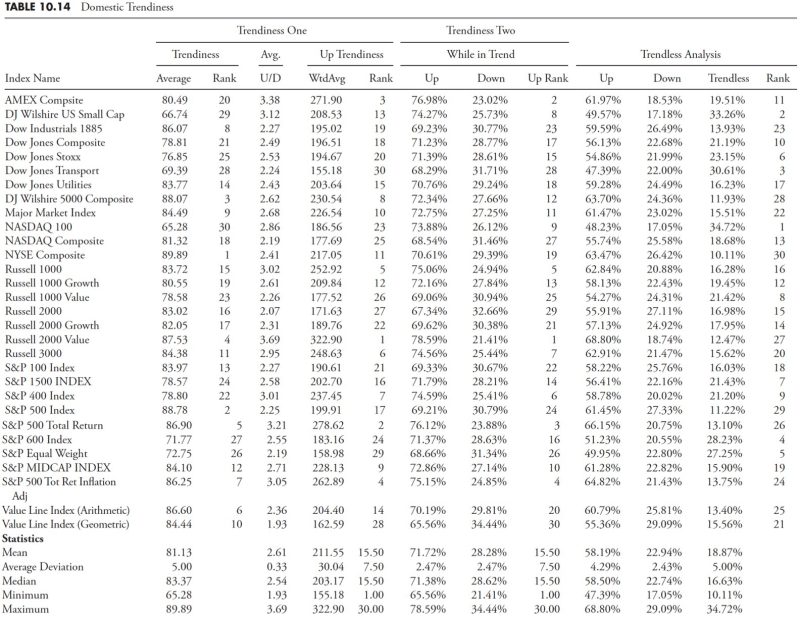
Uncover the Latest Trends: Part 4 of Market Research and Analysis Series
In the previous parts of our series on market research and analysis, we delved into the importance of trend analysis in understanding consumer behavior and market dynamics. By examining shifts in market trends, businesses can adapt their strategies to stay ahead of their competitors and meet the evolving needs of their target audience. In this installment, we continue our exploration of trend analysis, focusing on key factors that influence trends and how businesses can leverage this knowledge for success.
One major factor driving trends in today’s market is technological innovation. The rapid advancement of technology has significantly impacted consumer behavior, shaping how people interact with products and services. For example, the rise of smartphones and mobile apps has transformed the way people shop, leading to the popularity of online shopping and subscription services. Businesses that harness technology to enhance customer experience can position themselves as industry leaders and gain a competitive edge.
Social and cultural factors also play a vital role in shaping market trends. Consumer preferences are influenced by cultural norms, social movements, and changing demographics. By staying attuned to these influences, businesses can tailor their products and marketing strategies to resonate with their target audience. For instance, the growing concern for sustainability has led to an increased demand for eco-friendly products, prompting businesses to adopt sustainable practices and promote their environmental efforts.
Another critical aspect of trend analysis is monitoring competitors and industry developments. By keeping a close eye on competitor strategies and industry trends, businesses can identify emerging opportunities and potential threats. Analyzing competitor behavior can reveal gaps in the market that a business can exploit, as well as highlight areas for improvement in their own strategies. Furthermore, tracking industry developments can help businesses anticipate shifts in consumer preferences and stay agile in a rapidly evolving market landscape.
In addition to external factors, internal factors within a business can also influence market trends. Effective trend analysis involves assessing the organization’s strengths and weaknesses to capitalize on opportunities and mitigate risks. By leveraging internal data and insights, businesses can identify areas for growth, streamline operations, and optimize their resources to align with market trends. This holistic approach to trend analysis enables businesses to make informed decisions and adapt proactively to changing market dynamics.
In conclusion, trend analysis is a crucial component of market research that provides businesses with valuable insights to drive growth and innovation. By understanding the factors influencing trends, businesses can capitalize on emerging opportunities, mitigate risks, and stay ahead of the competition. In an ever-evolving market landscape, businesses that prioritize trend analysis and leverage this knowledge strategically will be well-positioned to thrive and succeed in the long term.
